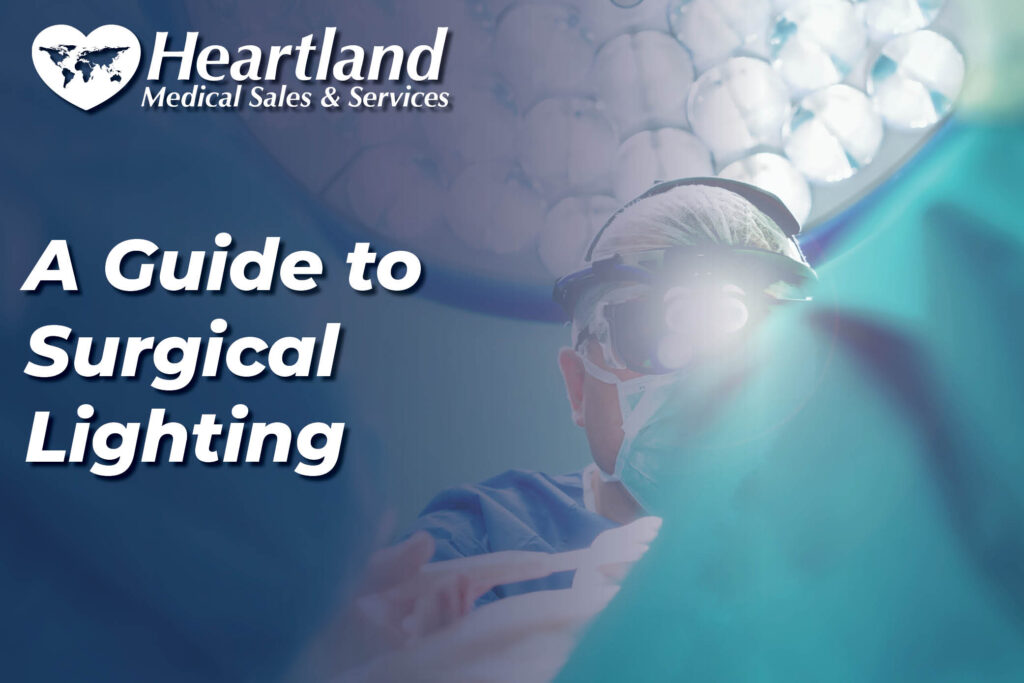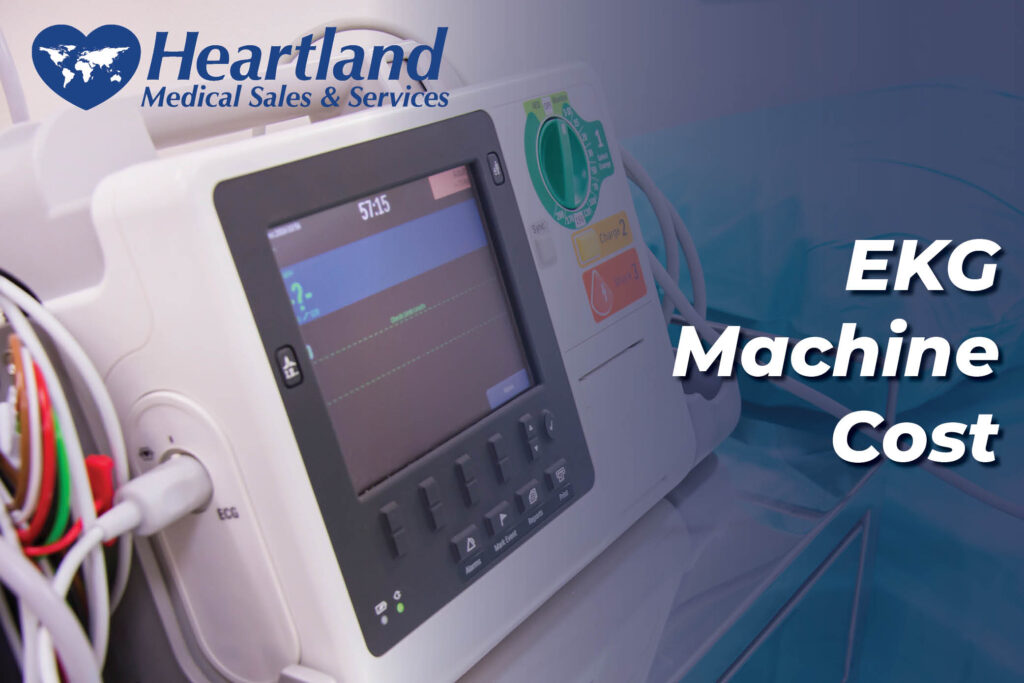From sanitation to lighting, the environment in which your surgical team operates has a lot to do with the success of the procedure. There are almost innumerable surgical lighting products on the market today. It can be difficult to know which is best for your hospital, surgical center, or dentist’s office.
The right equipment depends on your unique practice conditions and requirements. The good news is that, once you understand the main types of surgical lighting, you can make a more informed choice of product.
This article walks you through the primary categories and details the advantages of each type of surgical lighting. Keep reading to find out which matches up best with your medical facility’s needs and goals.
Surgical Lighting Basics
Lighting is something that most people take for granted but, in surgery, it is extremely important. It translates to improved efficiency and precision for the surgical team. This in turn means better health outcomes for patients.
Illuminance is the measurement of the amount of light that falls per square meter. While most surgical lighting equipment will state how much light output they produce, you can also measure this with a “lux meter.” The International Electrotechnical Commission (IEC) recommends that light in the operating area be within the 40,000 to 160,000 lux range.
When it comes to surgical lighting, the issue is not only having an adequate amount of light but ensuring the right amount and type of light to optimize visualization. “Color temperature” is the measurement of light relative to an ideal light source and is measured in Kelvin (K).
Warmer colors, like yellows and reds, appear at lower light temperatures. Cooler colors, including blues and whites, appear at lower temperatures.
The IEC recommends that surgical light have a temperature between 3,000 and 6,700. As a frame of reference, daylight is between 5,500 and 6,500 K. A regular household incandescent lightbulb will fall between 2,700 and 3,000 K. K.
Types of Lights: Positioning
There are three main types of surgical lighting when it comes to position: overhead, headlamps, and in-cavity lighting. Each affords distinct benefits and is ideal for different circumstances.
Overhead Lighting
As the name suggests, overhead lighting is suspended from a mount attached to the ceiling or wall. It is easily adjustable to flood operating areas with light.
One drawback of overhead lighting is that, while it casts a lot of light in a broad area, it can be difficult to focus light on a smaller area. Likewise, it can create shadows in certain circumstances, and it puts off a lot of heat, which can be problematic in certain situations.
Headlamps
Headlamps are wearable devices that provide great precision and a hands-free method for illuminating the surgical area. They naturally follow the directions in which the surgeon is looking.
Headlamps also can incorporate “surgical loupes.” These are magnifying glasses that enlarge and/or enhance the clarity of the surgical site.
In-Cavity Lighting
In-cavity lighting is only used in very specific circumstances. These usually involve situations where other types of lighting are inadequate. It entails a lamp that attaches to a retractable wand or another instrument.
This type of lighting is ideal for deeper cavities or areas with angles that are difficult to illuminate with standard medical equipment. One challenge is ensuring heat management when using this type of lighting.
Types of Lights: Source
Surgical bulbs differ from standard incandescent ones in that they put off less color and produce a higher level of “whiteness.” This increases the level of clarity in the illuminated area.
There are many different types of bulbs used in surgical lighting. The two most prominent are halogen and LED lights.
Halogen Bulbs
Halogen bulbs are very much like regular incandescent ones. They have been used in surgery settings for decades, due to their reliability and low cost. They also are very easy to dispose of
One difference from incandescent is that halogen bulbs use a tungsten filament that mixes with halogen gas. This process makes the bulbs last for a very long time and operate at much higher temperatures than incandescent bulbs, which means greater light output at lower temperatures.
A drawback of halogen bulbs is that they put off a great deal of infrared light. You must filter it to make for a cooler white light appropriate for surgery. They also can put off a great deal of heat, which must be managed to keep your surgical team from becoming too hot.
Halogen bulbs are also less efficient than incandescents and LEDs, and will not last as long. Depending on usage, you can expect to replace them about once a year.
LED Lights
LED lights, or “light-emitting diodes,” have become the gold standard in surgical lights. They work by passing an electric current through a semiconducting material (the diode).
This process of producing light does not create heat. This makes LED bulbs ideal for surgical situations by keeping team members cool even under direct light.
LED lights are much more energy efficient and safer than other bulbs. They also put off brighter white and more accurate colors than halogen lights.
Also, LED bulbs tend to slowly fade rather than suddenly burn out like other bulbs. This makes it much easier to know when you need to replace them. It also can help avoid situations where surgery lighting abruptly fails.
Upfront costs are one drawback to LED lights. However, when you factor in their longevity, as well as their energy efficiency, the price difference may be negligible. Also, with advances in technology, LED light prices continue to decrease.
Find the Best Surgical Lighting for Your Practice
Now that you know about the different types of surgical lighting and the benefits of each, you can decide which is best for your practice. Remember the right setup and bulb type depends on your unique surgery requirements. Learning as much as you can about the advantages of each can lead to more successful surgical and better health outcomes.
At Heartland Medical Sales and Services, we specialize in providing medical equipment––including professional lighting––to doctors’ offices, hospitals, dental offices, surgery centers, laboratories, and more. We offer sales, maintenance, and other support services. Reach out to us today to learn more.
"*" indicates required fields




